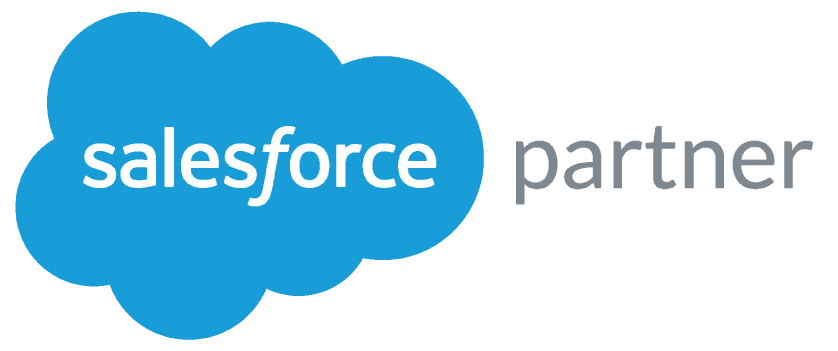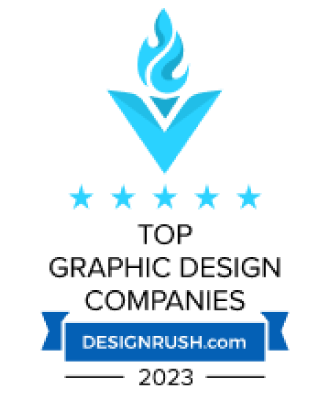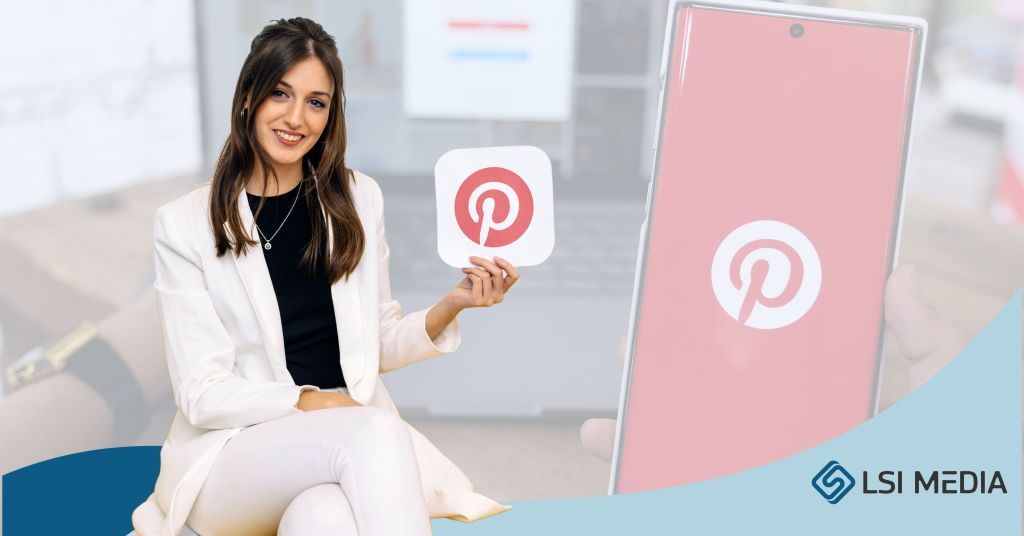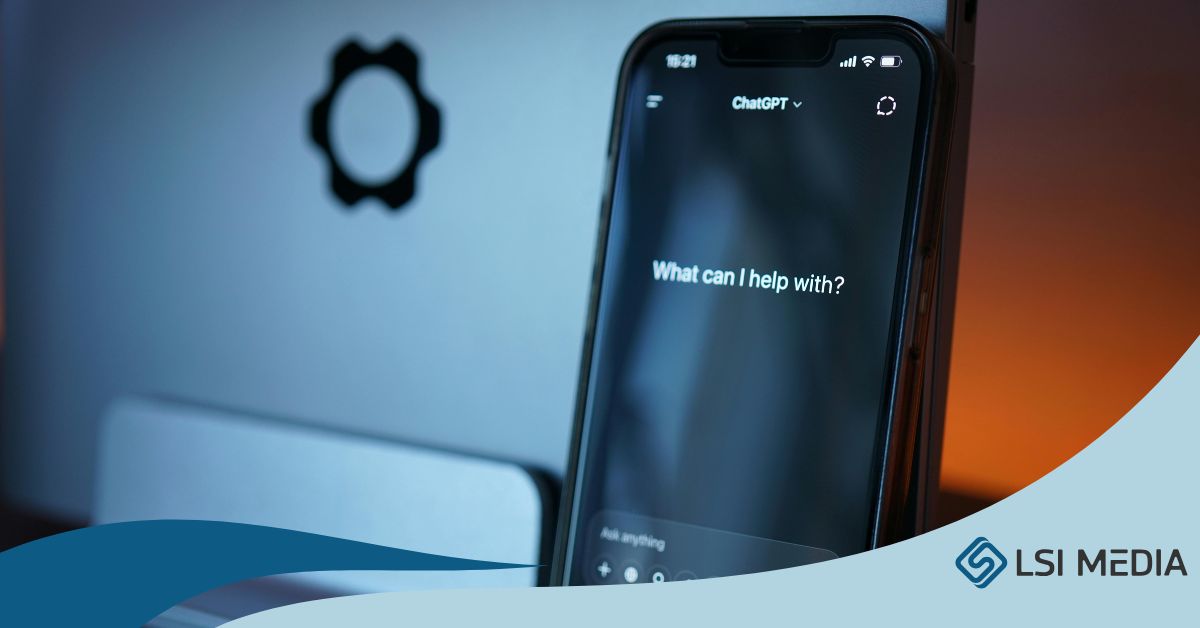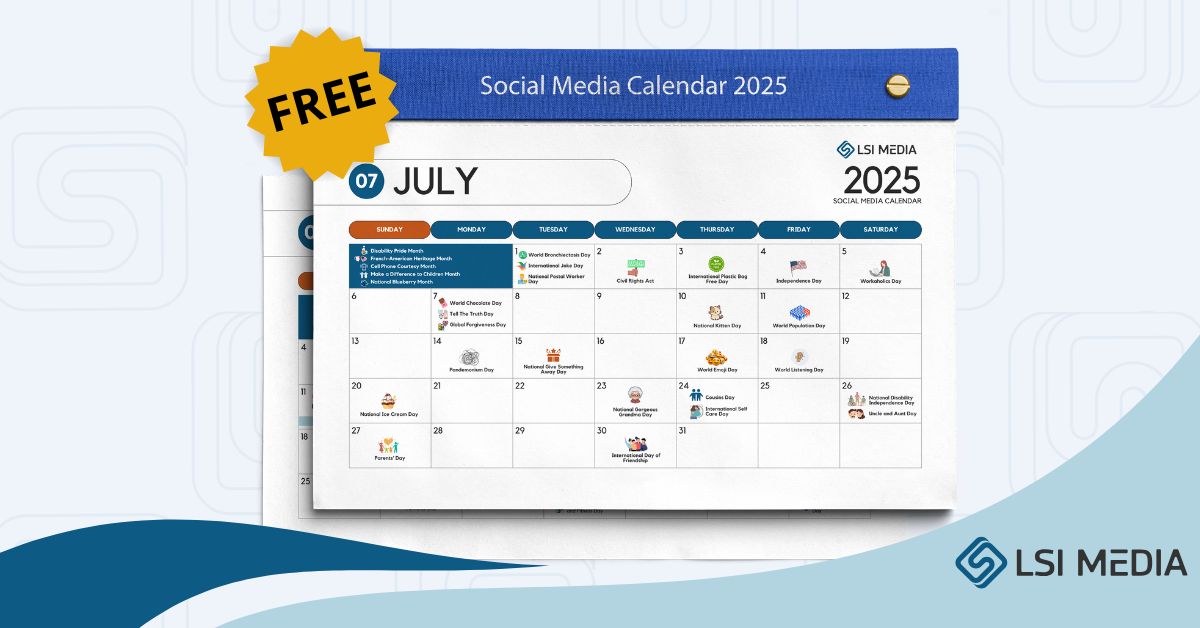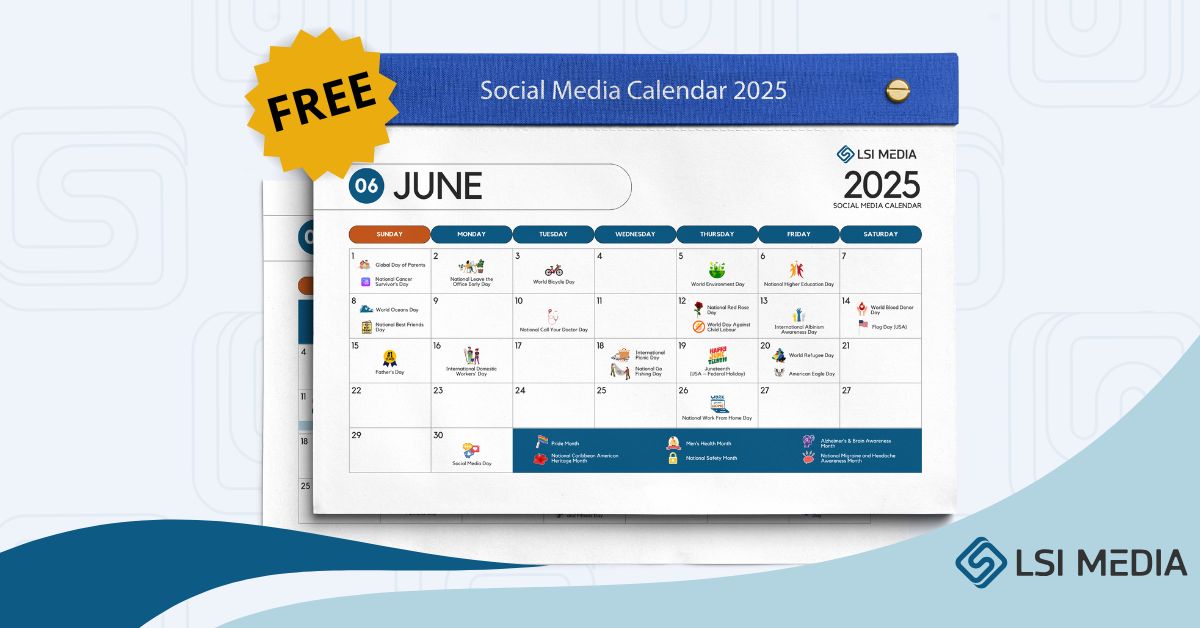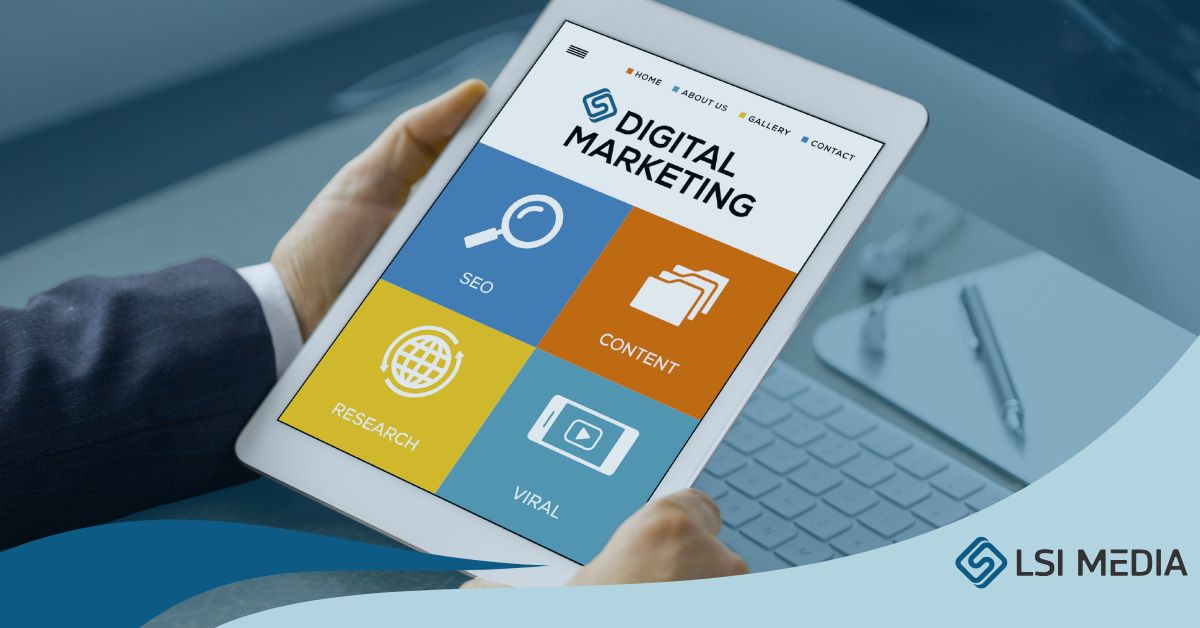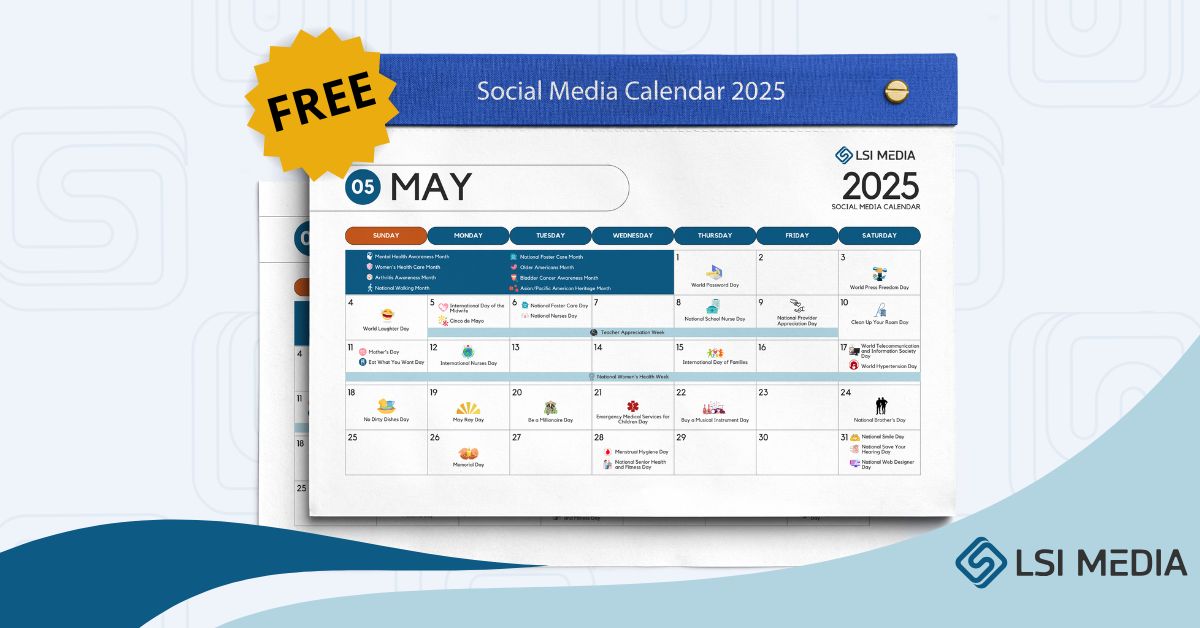[ez-toc]
Popular web platforms, from Google and Bing to the newer ones like TikTok, are cashing in on their gathered data through paid advertisements, with billions of dollars keeping their cash registers ringing. Yes, there are numerous search engines available, ranging from older sites like Yahoo! and AOL to newer sites like DuckDuckGo and Baidu – the majority of which have learned that biddable media can bring in a lot of money, therefore They have been adding more ad space in recent years. Even though there are more opportunities, the market is getting more and more competitive, and it’s getting harder to get the traffic you want through organic (not paid-for) channels alone.
Businesses are encouraged to buy ads, and they have to do so if they want to compete in a crowded market. Because the top spot on Google search results isn’t usually an organic outcome, competing frequently now entails paying to compete. Yet, your business needs to accept it, since this is how the market works. However, you don’t have to spend all of your advertising budget on paid ads.
This article will explain how paid advertising works and how you can make the most of it to help your business achieve its goals. As with everything in digital marketing, you can do well if you know how it works and keep testing and improving. Paid advertising that works well is never done.
Paid advertising
Paid advertising is a type of online advertising where advertisers bid in real-time auctions to get their ads shown on a certain platform or network. In an online search for ” outdoor furniture,” for example, you are able to see both text ads and shopping ads. Paid advertising is also called Pay-Per-Click (PPC) advertising or biddable media, wherein advertisers pay when a lead clicks on their ads. This model is usually the opposite of “earned” or “owned” advertising, where you can use a platform like Facebook or LinkedIn to push your content for free, like a post.
How Pay-Per-Click (PPC) Advertising Works
Most platforms that offer paid advertising services run auctions in real time with the help of algorithms. The algorithms decide which online ad should go in a free spot. Most of the time, the bid amount and the quality of the ads are used as criteria, but this can change depending on the platform. But platforms don’t always make the criteria clear, and there are many other factors to think about.
Ads come in many forms, including text, images, videos, and more. Depending on your goals, many platforms now offer the ability to automatically promote ads that are doing well. Their algorithms pick up on a lot more signals than people can understand, so it’s better to let them decide which ads to push.
There are a lot of ways to choose who to target, but most of them fall into two main groups:
- Search ads are triggered when someone actively searches for certain keywords. These are the usual advertisements that pop up on Search Engine Results Page (SERP), and answer a certain question.
- Display ads are shown to people who meet certain targeting criteria, like age or interest. These ads usually pop up when someone is using the web or an app and can be annoying.
Depending on the platform you’re using, you can sometimes mix and match these two groups. But if you can, you should look at their performance on its own. This is because search ads tend to do better than display ads because they don’t get in the way as much.
History of Paid Advertising Online
Paid online advertising began in 1994, when the first banner ad appeared in Wired magazine’s digital publication, HotWired. The publishers needed a way to make money, so they did what had always been done and sold ads in their magazines. This exact same model was used online, and publishers would ask for a fee upfront to put ads in certain spots for a certain amount of time.
Banner ads took over the internet, and in 1996, Double click, which is now part of Google, was created to give advertisers more information about how well their ads were doing. This changed the market because you could see the data in real-time and make changes based on that instead of having to wait until the campaign was over. Instead of paying a flat fee for ad space, this new tool led to a new pricing model based on cost per impression (CPM).
In 1999, GoTo.com, a new search engine, wanted to make money from their search results. They did this by creating an auction system where advertisers could bid on keywords to get their ads shown in search results. Paid search advertising came into existence. This quickly hurt the quality of search results, though, because some advertisers were willing to pay to show up on searches that had nothing to do with their products.
In 2000, Google introduced AdWords, an auction system based on bid amount and quality score, to make sure that their search results stayed relevant and gave users high-quality answers while making them money.
This system is still in use, but it is much more advanced now. In 2006, Facebook joined the crowd of companies trying to make more money by putting out hyper-targeted ads based on the huge amount of information they were collecting about their users. This gave advertisers a lot more ways to target their ads, and soon after, other platforms like Twitter and LinkedIn came along.
Machine learning has taken over the world of online advertising so that advertisers can focus on strategy and creativity while the machine collects, analyzes, and optimizes data. Ads can be very specific and relevant, but people often use tools to block ads and cookies, which makes it harder to reach your audience online. This shows that people want more helpful and honest content and fewer annoying ads.
Display Advertising
Display advertising is a way to get more people to know about your brand online. It is targeted based on what people do on the site. Display ads, which are usually banner ads, are shown to the people you want to reach when they are on the Internet. Almost all display ads are pay-per-click.
Consider how much time you spend on the Internet. Is it always looking for the product you want to buy? Sometimes. But you also use it to shop online and look for places to go on vacation. That’s why it’s important to have display ads—so you can keep your brand in people’s minds when they’re surfing the web.
Where can you put ads on a screen?
A lot of websites, news sites, and publishers (like local and national media outlets) offer display ads. There are also third-party aggregators that will figure out the internet and put your ad in different online places based on your audience or targeting parameters. This is how a lot of websites and blogs that post news make money.
You can advertise on social media with a small budget, but paid display advertising is harder to get into and usually needs a big investment upfront before you can test it or see any return on investment.
On the other hand, most of these news outlets and online blogs have clear audiences that pay consistent attention to them. If you have a bigger budget and you know that your audience reads a certain type of specialized publication, you might want to look at their online media kit and spend some of your money on display ads.
Benefits of Paid Digital Advertising
- Optimize Your Website
If you have a website that is up and running, you can sign up for a search engine advertising platform, set up your ads, and run them to reach a new audience. It’s that simple. - Strong ROI
You can decide where and when your ads will show up based on keywords, audience parameters, how people act online, and a lot more. When this flexibility is done correctly, it will be helpful in attracting the right people to your site. If you choose PPC instead of impressions, you won’t be charged unless someone clicks on your ad. - Check Profitability
Check to see how profitable different keywords or audiences are. Look at your ad’s overall performance by looking at its impressions, average number of clicks, cost-per-lead, and quality of lead. Using the information from your analysis, you can change your keywords or target audience to get more qualified leads and cut costs. - Limit your daily budget
With PPC models, you can choose how much you want to spend per click or per day with PPC models. - Spread the word about your brand
As long as you don’t go over your budget, your PPC ads will show up when people search for your keywords, giving you a name in your field. You don’t even pay for these impressions. You only pay when someone clicks on your ad. - Get campaigns going
Need to reach new audiences? How can you make your brand stand out more in a crowded market? Show up ahead of a certain competitor? Paid advertising is the fastest way to grow your online presence and reach the right people. - Utilize retargeting
Sites can show ads to people who have been to your page before. Your recent website visitors are familiar with your brand, and you can remind them to return and convert while they explore the web. - Try out different messages and offers
With A/B testing, you can test ad copy and images all the time. Test two ads against each other and look at the results to see which one worked best. Monitor results and check regularly to see what works best with your audience.
Steps In Launching A Paid Digital Advertising Campaign
- Make sure that your landing pages are ready for more people to visit them. To get a good return on investment from your PPC campaign, you need to send visitors to a page where they can fill out a form, place an order, or do something else that fits into your inbound marketing sequence.
- Set goals that are SMART How will you know if your pay-per-click (PPC) campaign works? Can you actually measure that if you want more people to know about your brand? Set SMART goals (goals that are specific, measurable, attainable, relevant, and timely) to achieve your goals in a clear way.
- Define your budget. How much of your advertising budget will you spend on paid ads? Figure out your CPA. How much are you willing to pay to bring a potential customer to your site?
- Help the right people find you. What search terms would your clients use to find you? Find out what kind of language your personas use so that you can get more qualified traffic.
- Make up your ads. You know more about your ideal customer than anyone else. Make an ad that they can’t skip over. Also, think about your remarketing ads — how can you bring your recent visitors back to your site with a new marketing strategy?
- Choose a platform for advertising on search engines. AdWords from Google? Yahoo/Bing? Facebook? Adroll? What do you think makes the most sense?
- Expect results. With your chosen platform, you may get results right away. Or, you may need to change your ad, your target audience, or even your offer before you are able to see the results.
- Review, make changes, and see what happens. The data from a pay-per-click (PPC) strategy is easy to get to and look at, so you can make changes on the fly. You can quickly test and change things to make sure you are getting the most out of your PPC budget.
Advertising on Social Media
The majority of social media networks now have their own advertising systems. We frequently run pay-per-click advertising on Facebook and Instagram, YouTube, LinkedIn, and, on occasion, Twitter.
The difference between social media pay-per-click and search ads is that instead of targeting users based on search phrases, you target users based on interests. Based on user data, social media networks, particularly Facebook and Instagram, have highly controlled audience segmentation features.
The cost per click of social media advertising, like that of search advertising, is determined by your competition and goals (such as whether you’re aiming for clicks or exposure).
- Instagram and Facebook employ a pay-per-action model (pay-per-click). Firms pay for visibility with pay-per-impression, while companies pay for an action with pay-per-click.
- Facebook owns Instagram, and you can promote on both platforms using the same setup. LinkedIn has become an increasingly attractive B2B advertising channel, but it is often a more expensive investment.
- Twitter advertising consists of promoted tweets, accounts, and trends. Promoted tweets can cost as little as a dollar to a few dollars per action. Each follow-on promoted account costs a few bucks. Trend promotion can cost hundreds of thousands of dollars per day.
- Business-to-Business Channels
For a B2B social media paid advertising mix, we’ll generally use Facebook, Instagram, and LinkedIn.
Business-to-Consumer Channels
In a B2C social paid marketing mix, we’ll often use Facebook, Instagram, and LinkedIn, and consider Twitter as paid advertising channels. Snapchat also provides paid options for B2C marketers to consider.
Remarketing and Retargeting in Paid Digital Advertising
“Retargeting” is an effective approach in the field of digital advertising that is nearly universally used in the marketing mix of effective paid tactics. What exactly is retargeting? Remember when you went to the Patagonia website, and now you see that gorgeous fleece you didn’t buy following you everywhere you look and browse?
When a user visits your website, you capture cookies on their browser and utilize those cookies to track them across the internet with visual advertisements. You can also use retargeting for a more comprehensive list of emails if you have the authorization to use each.
It’s one of the most contentious problems in internet privacy these days. More and more websites are offering opt-ins to collect cookies when users visit, rather than simply doing it.
Retargeting has one of the lowest cost barriers and one of the highest ROIs of any paid advertising approach. The argument is straightforward: they previously showed an interest in your website, and now you’re simply reminding them that you’re available when they are.
How do you retarget existing users?
There are numerous solutions available to help you execute retargeting. Facebook and Google, as well as third-party technologies like AdRoll, can help with this. So, what’s the distinction between “Retargeting” and “Remarketing”?
These two names are nearly criminally interchangeable and generally signify the same thing. To be technical, retargeting is defined as the paid strategy of following around users who have visited your site with advertising.
Remarketing simply implies introducing a new marketing touch point to someone who has previously interacted with you digitally via any channel (remarketing = marketing again). However, marketers use both terms interchangeably.
A brief history of the terms “remarketing” and “retargeting”
Google’s tool for implementing this technology was dubbed “Google Remarketing,” while Facebook’s preferred moniker was “Retargeting.” Over time, these have blended into two words frequently used interchangeably by marketers (notorious for being sloppy with defining our terms).
To keep things simple, let’s say retargeting and remarketing both refer to the same thing: gathering cookies when visitors visit your website and follow them around with advertising that can be personalized based on the page (or pages) they viewed. You may accomplish this through Google, Facebook, and Instagram, as well as a variety of third-party ad networks.
It’s inexpensive, effective, and a major bone of contention in the debate over privacy and permission-based marketing.
Advertising For Podcasts Advertising for podcasts: a microphone and a laptop
Podcast advertising is a newer type of paid ad that lets you target people and topics in exciting ways. Most of the time, it’s a flat-fee model based on how many people listen (impressions), but action-based pricing may be possible through partner opportunities. Podcast ads, another form of paid advertising, are becoming more popular as one of the most effective ways to advertise.
Think about advertising an HR tool on a podcast about HR. The level of targeting can get very specific, and the loyalty that hosts have with their most loyal subscribers and listeners can make this spend close to an influencer campaign.
The scene is getting bigger by the second, and it’s getting more and more specialized. With podcast advertising, you can reach out to individual podcasts to place ads or use a third-party provider who will send your ads to a network of podcasts based on audience and listenership parameters.
Similar to radio ads, advertisers can place their own ads, which are usually 15 seconds or 60 seconds long. Depending on the podcast, the hosts may also read the ad copy themselves. This form of “native” audio advertising has some of the highest returns. The URLs in the call-to-action may look like a partner landing page (like Athletic Greens on the Tim Ferriss Podcast), which can help with tracking and may even be a part of an action-based cost model.
Most podcasts will charge different prices depending on where the ad goes (i.e., more to place at the beginning, less to place at the end). Let LSI Media Guide You In Your Digital Advertising Journey As you start your journey in digital advertising, you will need a team of experts to guide you toward a successful advertising and marketing campaign. LSI Media is ready to help you, providing its services to small and medium-scale businesses worldwide.
Book a call with our team today on how we can start your digital advertising journey for your business success.
In Conclusion
Paid Digital Advertising 101 is an essential aspect of any modern marketing strategy. It allows businesses to reach a wider audience, increase brand visibility, and generate leads.
By utilizing paid digital advertising platforms such as Google Ads, Facebook Ads, and LinkedIn Ads, businesses can target specific demographics, interests, and behaviors of their target audience, ensuring that their ads reach the right people at the right time.
Furthermore, Paid Digital Advertising 101 provides businesses with valuable insights and analytics that enable them to measure the effectiveness of their campaigns and make data-driven decisions for future advertising efforts.
However, it is important to note that Paid Digital Advertising 101 requires a deep understanding of the platforms, ad formats, and audience targeting methods to ensure maximum return on investment.
With proper planning, optimization, and analysis, businesses can effectively leverage paid digital advertising to drive traffic, increase conversions, and ultimately achieve their marketing goals.
FAQs:
1. What is paid digital advertising?
Paid digital advertising refers to the practice of promoting products, services, or brands using online advertising platforms where advertisers pay to display their advertisements to the target audience. These platforms typically include search engines, social media platforms, display advertising networks, and video advertising platforms.
2. How does paid digital advertising work?
When you set up a paid digital advertising campaign, you define the target audience, budget, and campaign objectives. The advertising platform uses algorithms to determine the most relevant ad placements based on factors such as keyword relevance and bidding strategies. Advertisers pay when someone interacts with their ads, such as clicking on a search ad or viewing a video ad.
3. What are the benefits of paid digital advertising?
Paid digital advertising offers several benefits, including:
1. Targeted Reach: You can reach a specific audience based on demographics, interests, and behaviors.
2. Measurable Results: You can track the performance of your ads and gain insights into audience behavior.
3. Faster Results: Unlike organic methods, paid advertising can generate quicker results and drive immediate traffic to your website.
4. Increased Brand Visibility: Paid ads can increase your brand’s visibility and exposure to a wider audience.
5. Cost Control: You have control over your advertising budget and can adjust it as needed.
4. Which platforms can I use for paid digital advertising?
There are several popular platforms for paid digital advertising, including:
1. Google Ads: Allows you to create search, display, and video ads on Google search results, YouTube, and partner websites.
2. Facebook Ads: Target your audience on Facebook and Instagram with a variety of ad formats.
3. Twitter Ads: Promote your content and engage with your target audience on the Twitter platform.
4. LinkedIn Ads: Reach professionals and businesses through advertising on LinkedIn’s network.
5. Bing Ads: Similar to Google Ads, Bing Ads allows you to display your ads on the Bing search engine and its partner sites.
5. How do I determine my advertising budget?
Determining your advertising budget depends on several factors, including your business goals, target audience, and industry competition. It’s important to consider your return on investment (ROI) and allocate a budget that allows for testing and optimization. You can start with a smaller budget and increase it gradually based on the performance of your campaigns.

